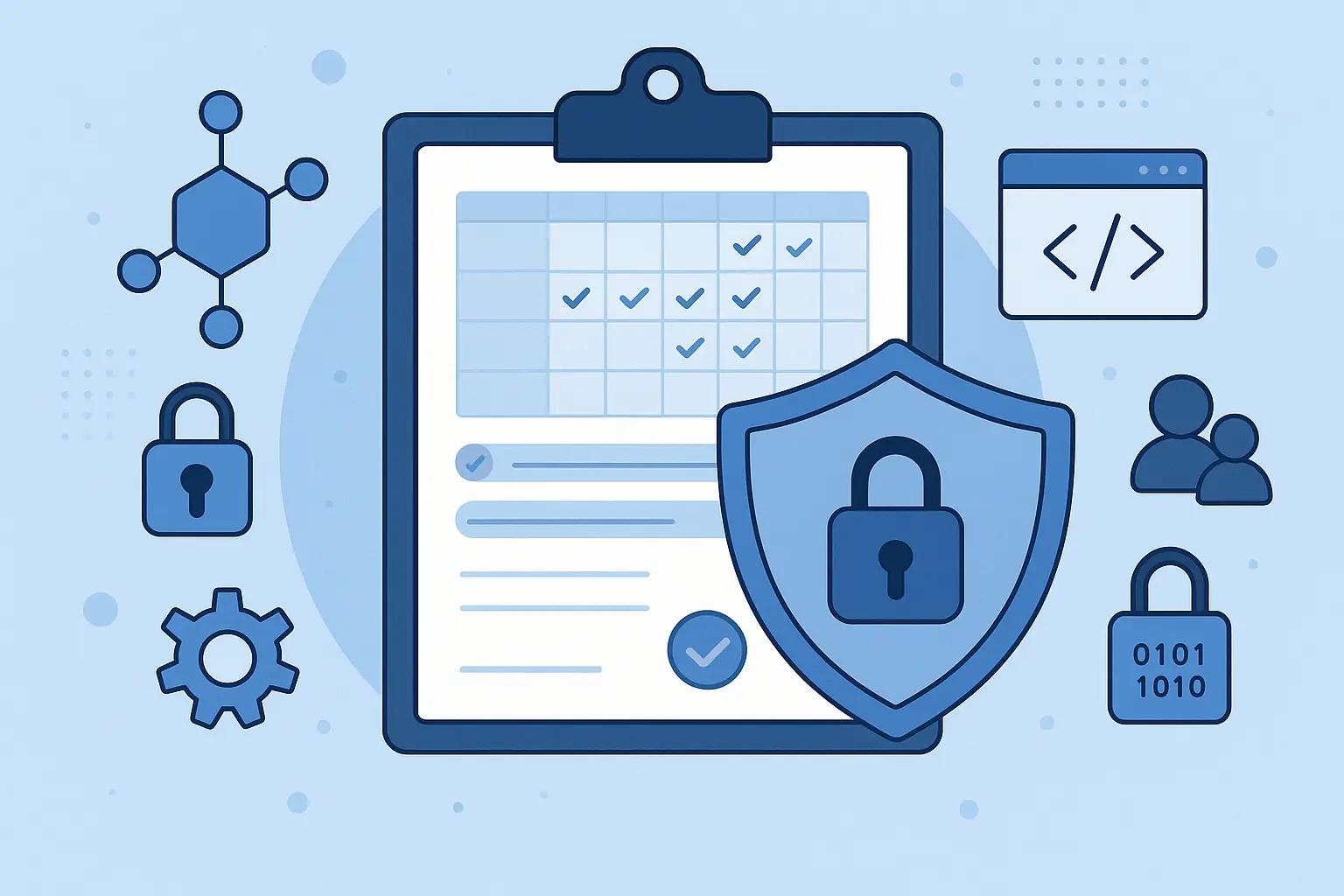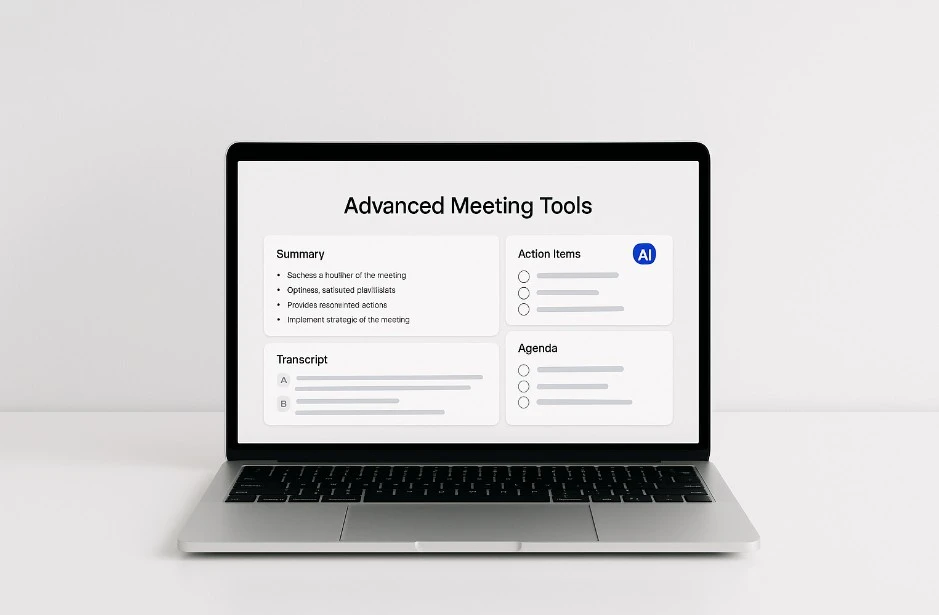
9 API Security Best Practices Every Booking Platform Needs
BOOKAFY BLOG 9 API Security Best Practices Every Booking Platform Needs IN THIS POST Your organization is like a finely tuned machine where systems work together in harmony to keep
Technology is evolving faster than ever, and with it comes an increased need for better security in the digital world. Cybersecurity, which focuses on protecting online systems and data, is a top priority for individuals, businesses, and governments alike. The rise of artificial intelligence (AI) has introduced groundbreaking advancements, offering tools that can detect, prevent, and respond to cyber threats more efficiently than ever before.
By 2025, AI will play a central role in safeguarding our digital lives, making security smarter, faster, and more effective. Let us explore how AI is transforming cybersecurity, the challenges it faces, and what the future holds for this exciting combination of technology and security.
The internet has made life more convenient, but it has also created opportunities for cybercriminals to exploit vulnerabilities. Every day, we hear about data breaches, ransomware attacks, or phishing scams. Cybersecurity systems that rely solely on human expertise or outdated technologies are no longer enough to protect against such sophisticated threats.
AI brings something unique to the table. Unlike traditional methods, AI systems can process large amounts of data quickly, identify patterns, and respond in real time. For example, AI can detect a hacking attempt as it happens, instead of after the damage is done. It learns and adapts continuously, becoming smarter with each attack it analyzes.
Here is why AI is so crucial in cybersecurity:
AI is already making waves in cybersecurity. By 2025, its role will be even more significant. Let us take a closer look at the key areas where AI is transforming how we protect ourselves online.
AI excels at detecting threats before they cause damage. Unlike humans, it does not get tired or overlook details. It uses machine learning to analyze patterns and flag anything unusual. For instance:
If you are worried about online threats, using tools like VPNs can add an extra layer of security. VPNs encrypt your data and mask your IP address. If you are wondering how to change location with VPN, it is simple. Choose a VPN service, select a server in the location you want, and connect. This not only keeps your data safe but also helps bypass region-based restrictions.
When a cyberattack happens, time is critical. The faster a system can respond, the less damage is done. AI-powered tools can act immediately, without waiting for human intervention. Here is how they help:
One of AI’s most powerful features is its ability to predict potential threats. By analyzing historical data and recognizing trends, AI can anticipate attacks before they happen. For example:
This predictive capability helps organizations prepare in advance, reducing risks.
While AI is a game-changer, it is not without its challenges. Understanding these limitations is key to making the most of this technology.
Hackers are smart, and they are starting to use AI to their advantage. They create AI-driven malware that adapts to avoid detection or launch automated attacks that target multiple systems at once. This means cybersecurity experts must constantly improve their defenses to keep up.
AI is not perfect. Sometimes, it flags harmless activities as threats. For example, an employee working remotely might trigger an alert simply because they are logging in from a new location. These false positives can overwhelm security teams and slow down response times.
AI systems need access to vast amounts of data to function effectively. This raises questions about how much personal information they should be allowed to process. Striking a balance between security and privacy is crucial.
By 2025, AI in cybersecurity will be even more advanced. Here are some of the key developments we can expect:
Many security tasks that currently require human input will become fully automated. AI will handle threat detection, response, and resolution with minimal intervention.
AI systems will work together more seamlessly. For example, a tool designed to monitor email security will share data with a system focused on network protection. This collaboration will create a more comprehensive defense against threats.
Passwords are increasingly seen as outdated. AI will improve biometric authentication methods, such as facial recognition and voice analysis, making them more secure and less prone to errors.
AI will offer customized security solutions based on the specific needs of users. For example, small businesses might get tailored protection for their payment systems, while individuals receive alerts about risks relevant to their online habits.
The advantages of AI in cybersecurity are immense. Here is why it is such a valuable tool:
Even with advanced AI systems, there are steps you can take to enhance your cybersecurity:
As AI becomes more integral to cybersecurity, addressing the ethical challenges it presents is critical. Here are some considerations to ensure AI is used responsibly and ethically:
AI is revolutionizing cybersecurity, bringing unprecedented levels of efficiency and protection. However, it is not a magic solution. As with any technology, it requires careful management, regular updates, and ethical considerations.
The key takeaway? Embrace AI as a powerful tool in the fight against cyber threats, but stay informed and take steps to protect yourself. Together, humans and AI can create a safer digital world for everyone.

Save your team time and money with Bookafy!
Using online appointment scheduling software, you can automate booking, reminders, syncing to calendars, fetching video meeting URLs, and much more. Try Bookafy free today!

BOOKAFY BLOG 9 API Security Best Practices Every Booking Platform Needs IN THIS POST Your organization is like a finely tuned machine where systems work together in harmony to keep

BOOKAFY BLOG Why Remote Teams Secretly Appreciate Timesheet Software Like Workstatus IN THIS POST Remote work has transformed how businesses are operated. Different cities; or even nations, are collaborating on

BOOKAFY BLOG All About Optimizing Your Booking Page for Search Engines IN THIS POST Have a booking page, but not getting as many customers as you expected? That could be

BOOKAFY BLOG From Side Hustle to Full-Time: How ESL Tutors Scale Their Income with Smart Tools? IN THIS POST Do you remember working at your typical 9-5 job? You might

BOOKAFY BLOG How to Schedule Like a Pro with These Simple Hacks IN THIS POST Time significantly impacts how people evaluate their experiences. When time is wasted, customers often remember

BOOKAFY BLOG Improving Team Efficiency with Advanced Meeting Tools IN THIS POST Effective meeting coordination is essential for maintaining productivity within teams. By utilizing advanced tools, teams can streamline scheduling